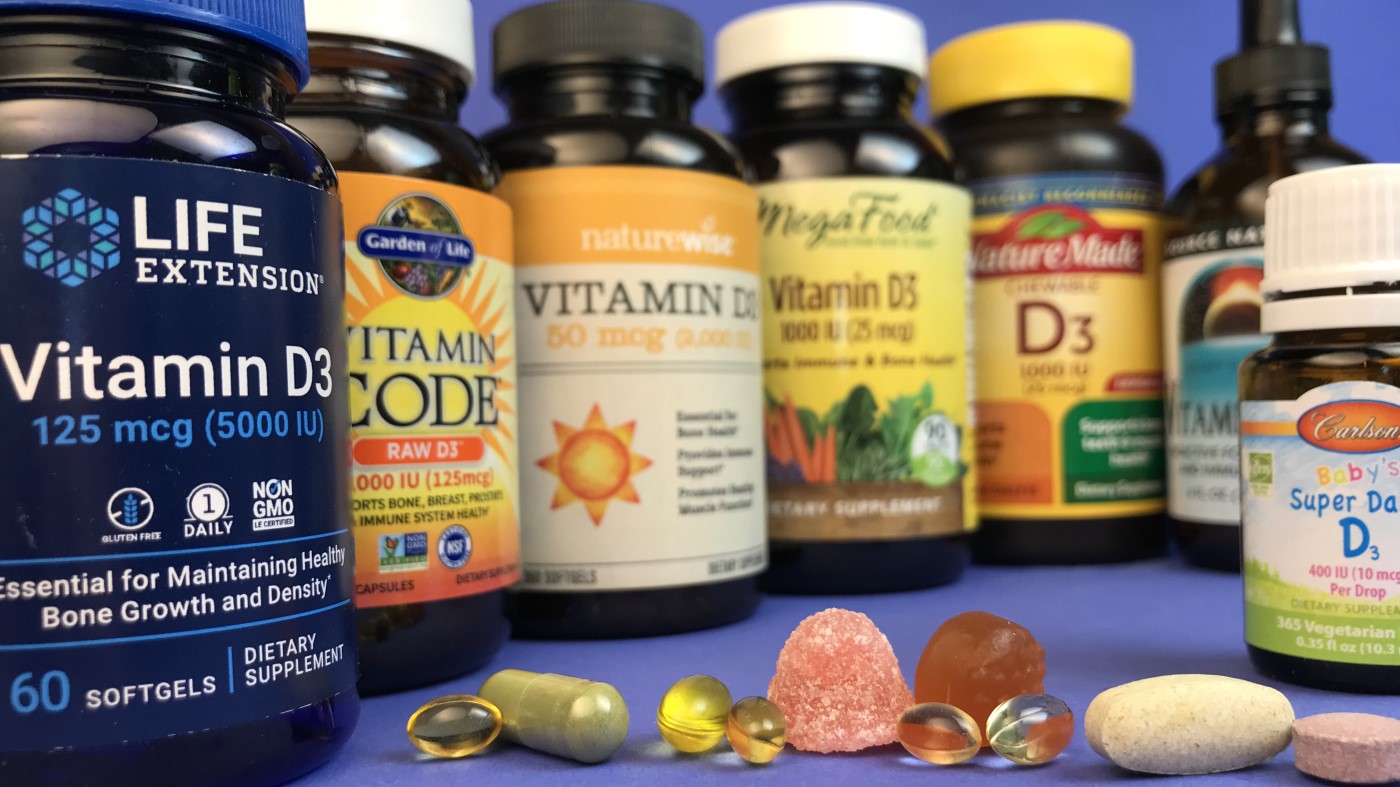What are the symptoms of vitamin D toxicity?
Vitamin D toxicity, also known as vitamin D overdose, can cause several symptoms due to excessive levels of calcium in the blood. Symptoms include:
- Nausea and Vomiting: Common initial symptoms of high vitamin D levels.
- Loss of Appetite: Reduced desire to eat.
- Constipation: Difficulty in passing stools.
- Abdominal Pain: Discomfort in the stomach area.
- Weakness and Fatigue: Feeling unusually tired or weak.
- Frequent Urination: Increased need to urinate.
- Dehydration: Due to increased urination and fluid loss.
- Confusion or Disorientation: Changes in mental status or clarity.
- Kidney Stones: Formation of stones in the kidneys.
- Calcification of Soft Tissues: Abnormal calcium deposits in organs and tissues.
Severe toxicity can lead to more serious complications like kidney damage or cardiovascular issues. It is important to monitor vitamin D intake and consult with a healthcare provider to avoid excessive levels.
What are the causes of vitamin D toxicity?
Vitamin D toxicity is primarily caused by excessive intake of vitamin D supplements. Here are the main causes:
- Overuse of Supplements: Taking high doses of vitamin D supplements beyond the recommended daily allowance can lead to toxicity.
- Excessive Fortified Foods: Consuming large quantities of foods that are fortified with vitamin D can contribute to high levels, although this is less common compared to supplement use.
- Medical Conditions: Certain medical conditions, such as granulomatous diseases (e.g., sarcoidosis) or lymphomas, can cause increased conversion of vitamin D to its active form, leading to elevated calcium levels and toxicity.
- Inappropriate Use of Prescription Medications: Some medications that are prescribed for specific conditions might contain high doses of vitamin D or interact with its metabolism, potentially leading to toxicity.
- Improper Use of High-Dose Vitamin D for Therapeutic Purposes: In some cases, vitamin D is prescribed in high doses for specific medical conditions (e.g., osteoporosis). Mismanagement or improper dosing can result in toxicity.
Vitamin D toxicity is generally not caused by excessive sun exposure, as the body regulates the amount of vitamin D produced through sunlight exposure.
What is the treatment for vitamin D toxicity?
The treatment for vitamin D toxicity focuses on reducing vitamin D levels and managing the complications associated with it. Here’s how it is typically addressed:
- Discontinue Vitamin D Supplements: Stop taking vitamin D supplements or any other sources of high-dose vitamin D immediately.
- Limit Dietary Vitamin D: Avoid foods that are high in vitamin D or are fortified with it.
- Hydration and Electrolyte Management: Increase fluid intake to help with kidney function and manage calcium levels. Electrolytes, particularly calcium, may be monitored and managed.
- Medication: Medications such as corticosteroids may be prescribed to reduce inflammation and manage symptoms, especially if there is significant hypercalcemia (elevated calcium levels).
- Intravenous Fluids: In severe cases, intravenous fluids may be administered to help flush excess calcium from the body.
- Monitoring: Regular blood tests to monitor calcium and vitamin D levels are essential to assess the effectiveness of treatment and ensure levels return to normal.
- Addressing Underlying Conditions: If an underlying condition is contributing to vitamin D toxicity, such as granulomatous disease or lymphoma, it must be treated appropriately.
Treatment is tailored to the severity of the toxicity and the patient’s overall health. If symptoms are severe or if there is significant concern, medical advice and intervention from a healthcare provider are crucial.

Leave a Reply
You must be logged in to post a comment.